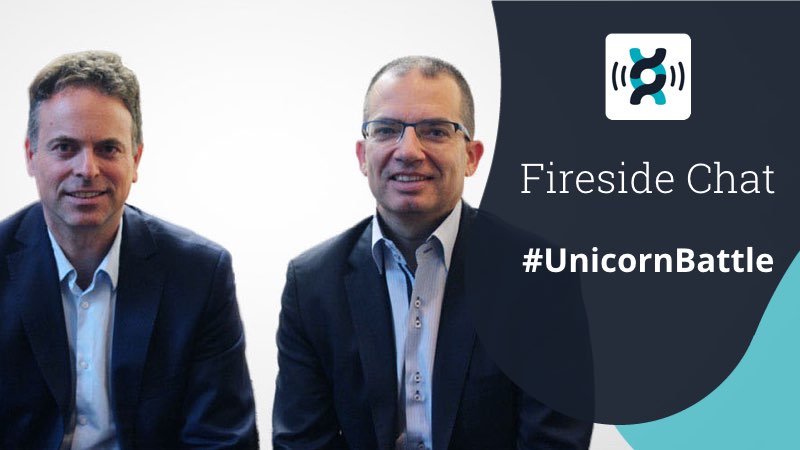An interview never seen before. We brought together the founders and CEOs of the two biotech unicorns pioneering mRNA therapy: CureVac in Germany and Moderna Therapeutics in the US.
The idea of messenger RNA as a therapy is simple but brilliant: instead of giving a protein to a patient, you give their body the instructions to produce its own. The advantages are many, which has been reflected in the valuation of two of the companies at the forefront of the mRNA field.
CureVac, founded in 2000, was the first company to try to turn mRNA into a commercial therapy. Although the path was not easy, the German company has raised over €450M and is now a member of the global unicorn club with a valuation of €1.4Bn. Across the Atlantic, Moderna Therapeutics, though founded much more recently in 2011, has grown very rapidly, raising $1.2Bn and reaching a $4.7Bn valuation.
But despite being competitors, the companies’ CEOs seem to have quite a good relationship and consider each other collaborators rather than enemies. Every year, they organize an mRNA conference together that takes turns between Boston and Berlin to bring together all the stakeholders in the field. It was at this year’s edition, in Berlin, that I had the chance to bring them together for an interview regarding the future of mRNA therapies.
“This technology is so powerful, there will be over the next 10 to 30 years dozens and dozens of medicines reaching patients,” says Stephane Bancel, CEO of Moderna. “There’s not one company in the world that will be able to do that.”
“It’s all about responsibility to move the field forward,” agrees Ingmar Hoerr, CureVac’s CEO. “It’s about what can we bring to humanity together.“
Though both are clearly convinced of the great future of mRNA, the technology is still at an early stage of development. CureVac and Moderna are one of just a few companies — including BioNTech in Germany and eTheRNA in Belgium — that have started testing the technology in humans. Moderna is just about to start its first Phase II trial, while CureVac already completed a Phase II study that unfortunately failed.
But, as Hoerr pointed out, failure will inevitably be part of the process to bring a whole new form of medicine to the market. And collaboration could be the key to making the best of failures and help all players make it to the finish line.
“Look at what happened to gene therapy 20 years ago,” says Bancel, referring to the death of an 18-year old in a clinical trial in 1999, which led the FDA to shut down many other gene therapy studies. “For 10-15 years, there were no drugs in the clinic.”
Hoerr also points at the field of CRISPR, which, though booming, is riddled with IP disputes that many argue are setting back the development of therapies based on this revolutionary tool.
For mRNA to turn into a reality, the companies at the forefront still need a proof of concept for the first products, and to educate regulators on how to work with the technology. Hoerr believes once mRNA is in the market, it will “turn the whole business upside down,” transforming pharma into an information-driven business, where the core products are not drugs but the information used to code the drugs.
Both Bancel and Hoerr seem confident the field will really mature within the next decade. “The big thing is getting the first product in the market,” says Hoerr. “Once the first product is out there, no one can stop us.“
Watch the video interview to get all the details on the mRNA field and hear what the CEOs think of Moderna having raised much more money than CureVac.





